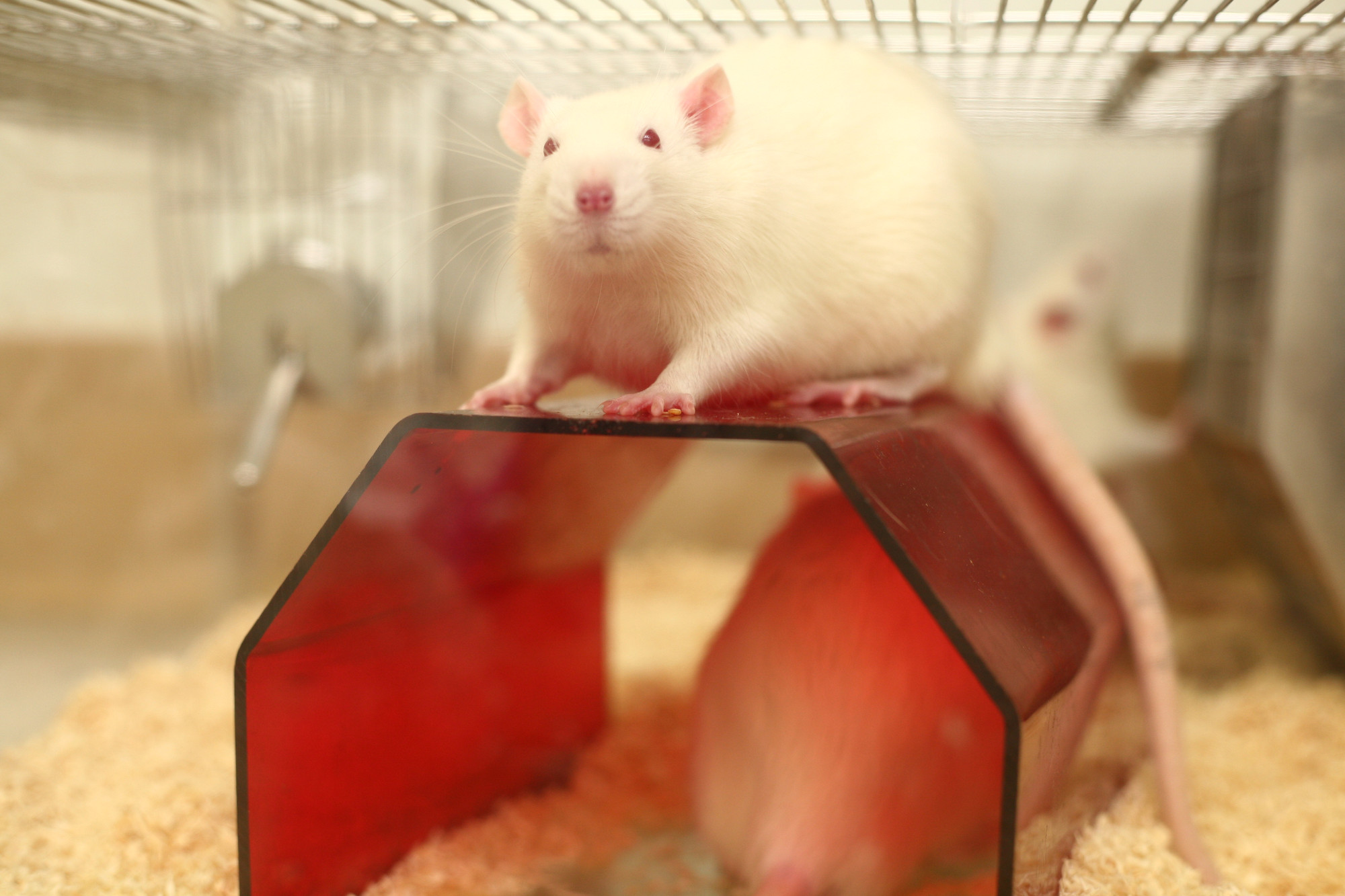The purpose of biomedical research and testing is to understand the living body and what goes wrong in disease, and to develop safe and effective ways of preventing or treating those diseases. Animals are vital in all stages of this undertaking, not just in safety testing.
 Although vital, the use of living animals is just one of three main research methods in medicine and biology. These methods are not alternatives to each other - they are complementary methods that are all equally valid and all contribute vital pieces to the overall picture.
Although vital, the use of living animals is just one of three main research methods in medicine and biology. These methods are not alternatives to each other - they are complementary methods that are all equally valid and all contribute vital pieces to the overall picture.
The non-animal techniques are:
- in vitro techniques, involving the study of isolated molecules, cells and tissues (which may come from humans, animals, micro-organisms or even plants). This gives useful information about interactions between molecules, within or between cells, or about organ function.
- study of human beings and populations. Research on human subjects can give very useful information about the body in health and disease, and about the distribution of diseases in society, but is limited by what is considered ethical. In addition, use of computers and other high tech equipment can improve the efficiency of animal, non-animal or human research techniques.
The body is very complex and is much more than just a sum of its parts. We are just beginning to discover how stress can affect the body's defences against disease, for example. Or when developing a new drug to treat kidney disease, which might affect the heart or blood pressure, the only way to find out if it has such unforeseen effects is to test it on a living being.
Animals are only used when the answers to scientific questions cannot be obtained in any other way. Broadly speaking, animals are used in research and testing when it is necessary to see what happens in the whole living body, but the use of human subjects would not be ethically acceptable. Animal research and testing adds up to a fraction of all biomedical research.
Under the strict UK controls on use of animals in research and testing, comprehensive data are collected so it is possible to see in what areas of research animals are used.



